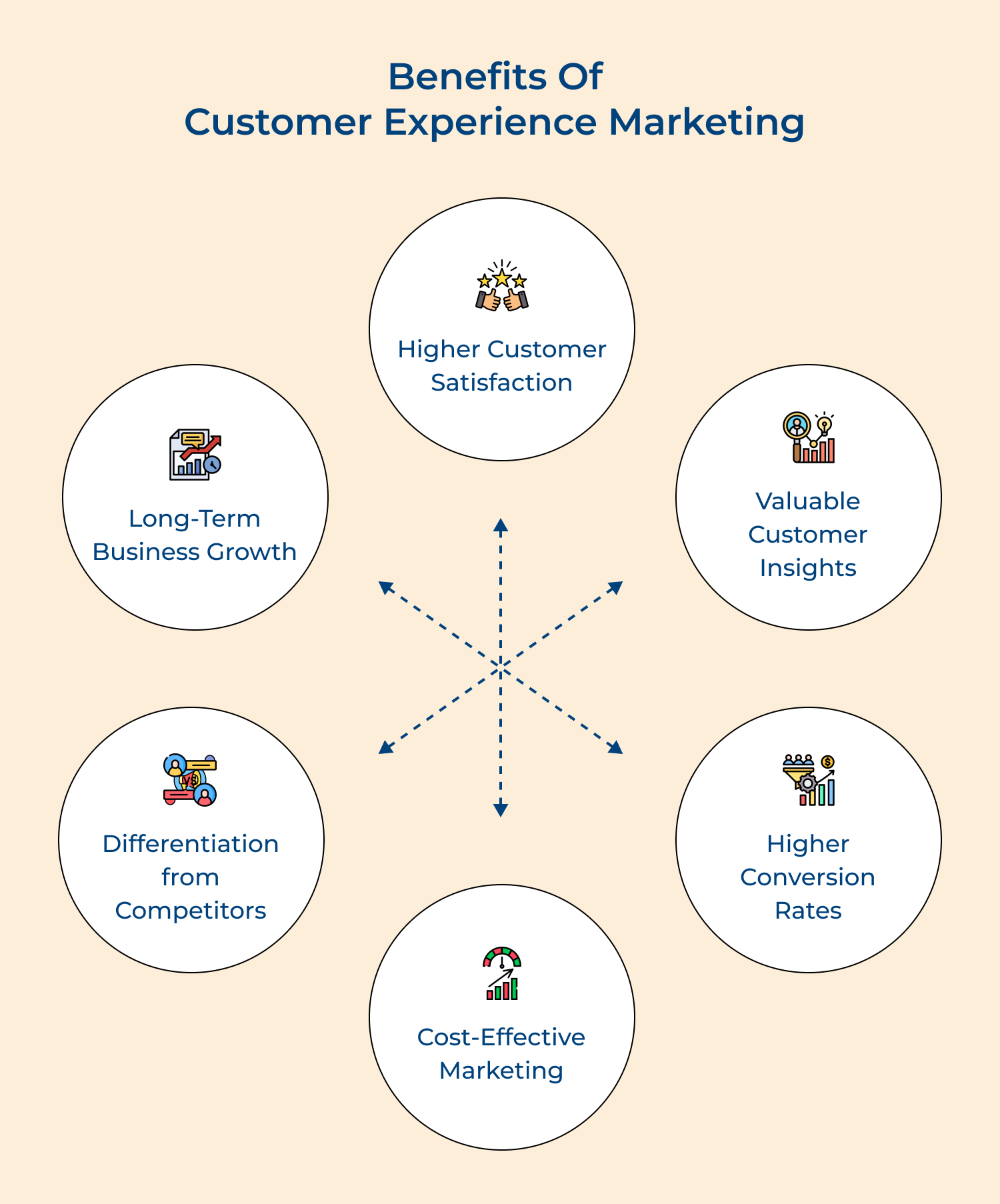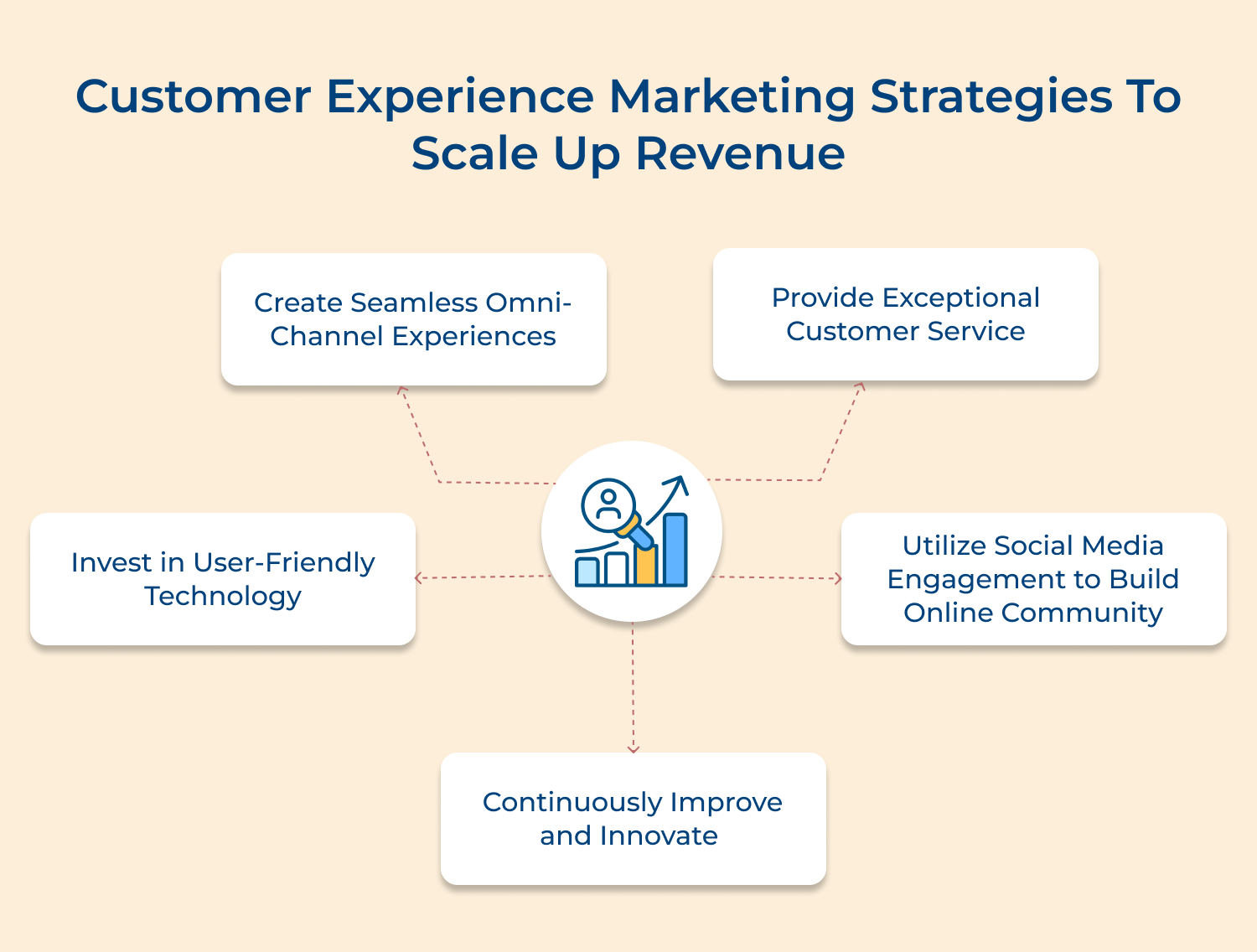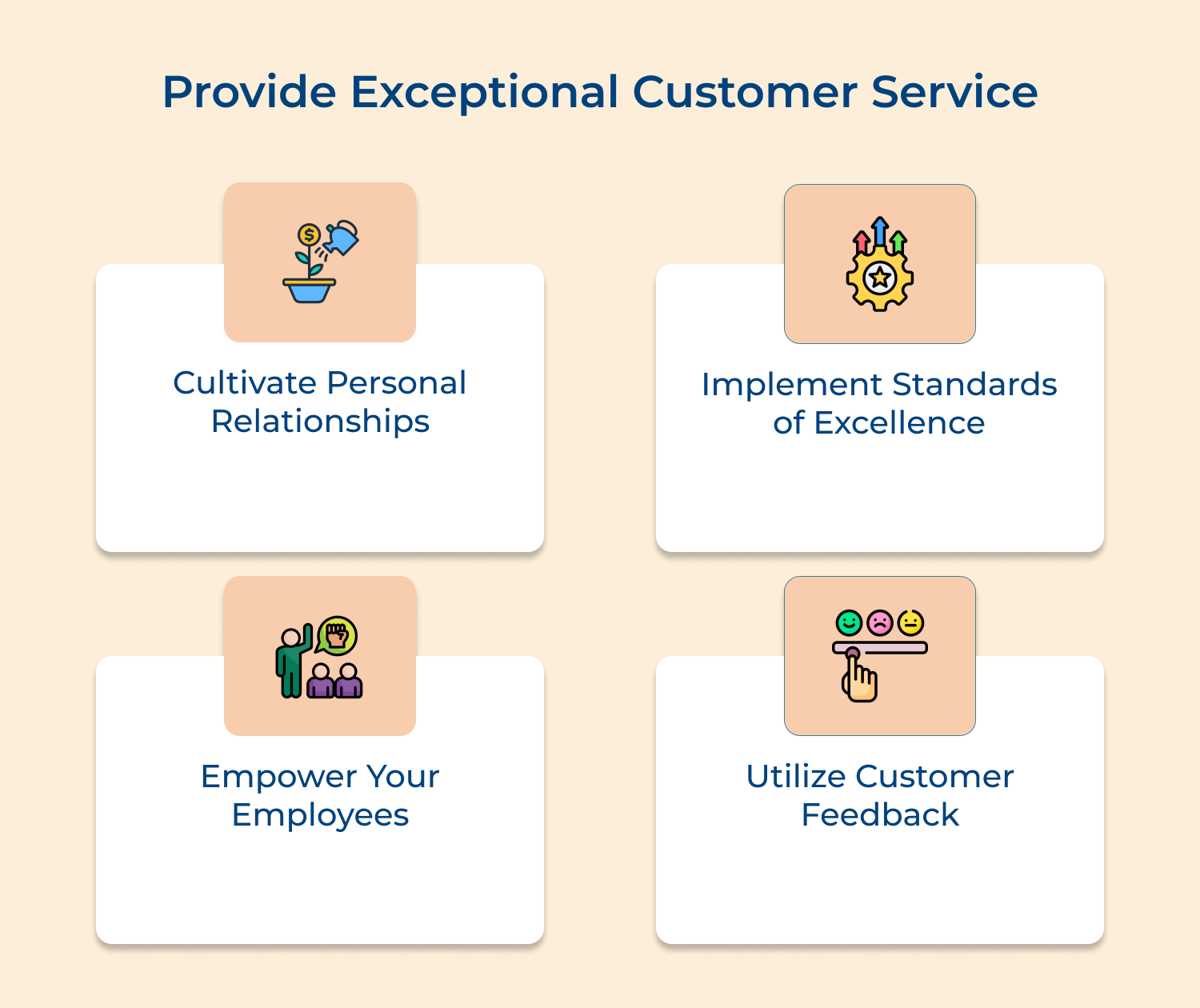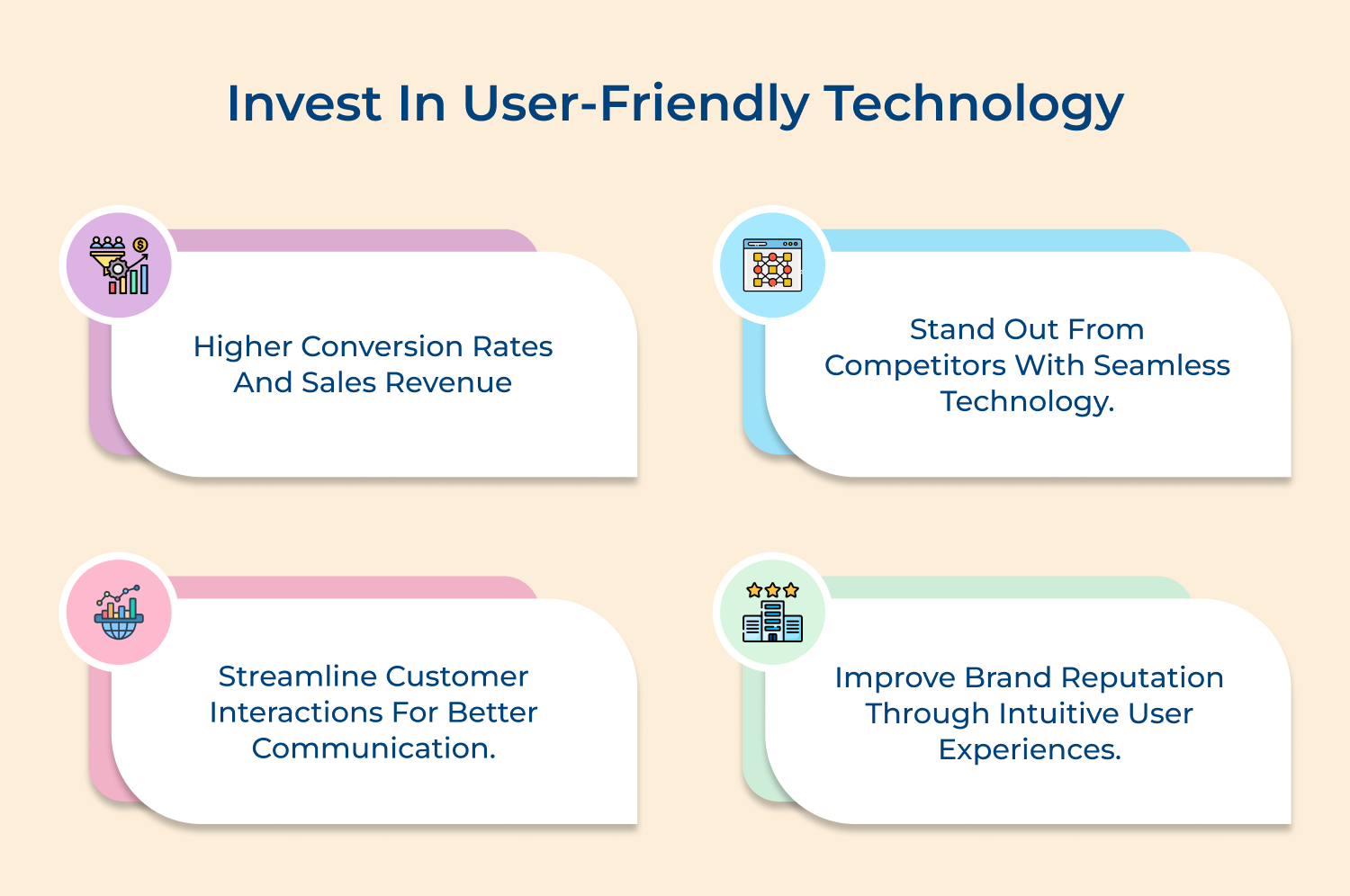Here are a few pro tips:
- Conduct user research: Understand the needs and preferences of your target audience to develop technology solutions that cater to their requirements.
- Simplify design and navigation: Keep the user interface clean, intuitive and easy to navigate, minimizing the learning curve for customers.
- Speed and responsiveness: Ensure that your technology platforms are fast and responsive to ensure a seamless experience for customers.
4. Utilize Social Media Engagement to Build Online Community
Social media engagement allows businesses to interact directly with their customers, providing them valuable information, resolving queries, and addressing concerns in real-time. The personalized approach makes customers feel valued, leading to increased customer satisfaction and loyalty.
Here are a few pro tips:
- Be proactive: Regularly post engaging content and actively participate in conversations to keep your online community thriving.
- Respond promptly: Reply to customer comments and queries in a timely manner to show that you value their input as well as appreciate their engagement.
- Encourage user-generated content: Incentivize your customers to create and share content related to your brand, as it promotes a sense of belonging.
- Provide valuable information: Share educational and informative content that adds value to your followers’ lives. It will position your brand as an authority in your industry.
5. Continuously Improve and Innovate
Customers have high expectations and are easily swayed by competitors who offer a superior experience. By focusing on enhancing the customer journey, companies can differentiate themselves as well as build long-lasting relationships with their target audience.
Here are a few pro tips:
- Listen to your customers: Regularly gather feedback from your customers and use it to identify areas of improvement. Their insights can be invaluable in identifying areas where you can enhance the overall experience.
- Embrace technology: Leverage the power of technology to streamline processes and provide personalized experiences. Utilize artificial intelligence and machine learning to anticipate customer needs while delivering customized solutions.
- Promote a customer-centric culture: Instill a customer-first mindset among your employees. Encourage them to take ownership of customer satisfaction and empower them to go the extra mile to exceed expectations.
- Continuously iterate: Don’t be afraid to experiment and try new strategies. Monitor the results and make data-driven decisions to optimize your customer experience marketing efforts.
Best Practices of Customer Experience Marketing to Follow
Businesses can build strong customer relationships and cultivate loyalty providing exceptional customer experiences. Here are the best practices of customer experience marketing:








